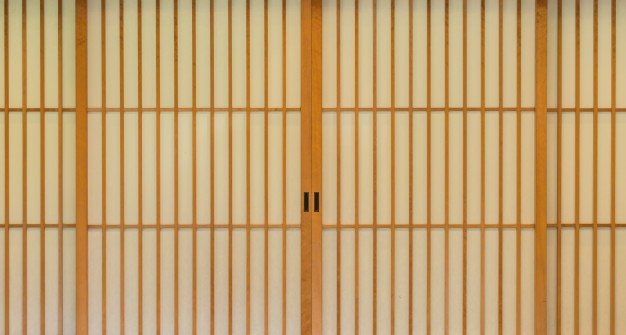We have all watched those exciting films, where there is a secret room in the house almost unrecognizable because of the fact that it is hidden behind a sliding wall. So, how practical is this theory and is it really worth the time? We set out to investigate just how practical this theory of sliding walls is and if it has been implemented in the world over. It is vital to mention, though, that this article is not about sliding doors which have been implemented several times and for many years, but is about sliding walls. Actual concrete walls that slide whenever a button is pressed. So, a few facts about sliding walls from a theoretical perspective:
1. They have a point of activation
There is a region within the adjacent room that has a sort of activation point for the sliding wall. You just have to tilt the head of a statue, or insert a pin into a tiny hole, or even just press a button and there goes the sliding wall. Opening you up into a room that you did not know was there initially. But that’s the movie version of it, where there is a sinister manipulator with something crucial hidden behind the walls. Can someone just have sliding walls in his home without a sinister motive?
- They are almost unidentifiable
On first sight, sliding walls do not look like sliding walls, their architecture is very complex. This is allowing walls to technically lie over each other and to seamlessly slide over one another when triggered. This makes them unidentifiable and therefore can be often used to access hidden rooms. They can also alternatively be used as an architectural design for other reasons such as aesthetics and to save space.
So, are sliding rooms practical?
1. They already exist
Sliding rooms have been there for quite some years now. It is quite a complicated architectural design, but it is not impossible, or irrelevant. In fact, there are several companies that have specialized in the construction of sliding doors and sliding walls. It may take slightly longer, and even be a little more expensive, but the designs have been tried, tested, and approved for very many years, all over the world.
- Their design is not that complicated
The architecture of sliding doors is quite creative but generally not that complicated. Working on a number of technologies such as hydraulics, the architecture of such walls ensure that there is a system of seamless movement and dedicated space. These walls require intense preplanning and also requires experts from several different fields to come together and apply creativity, technology, architecture and masonry in the design of the sliding walls.
- Though they take slightly longer, they are always worth it
Sliding walls take longer to construct, need more input from different professionals and will definitely cause a dent to your pocket. Eitherway, when homeowners were asked if they regreted the decisions they made to have sliding walls, we found out that almost 85% are totally content and feel happy having made the choice to use sliding walls in their homes, despite the slightly more investment it requires compared to ordinary walls.
Here are a few iconic architectures with sliding walls:
1. Design collective Medium in Tbilisi, Georgia.
2. Point Lonsdale on Australia.
3. Tato Architects in Sonobe, Japan.
4. Manuel Herz Architects in Zurich.
5. Fouad Samara Architects’ Moduloft Apartment in Beirut.
6. Shigeru Ban’s La Seine Musicale in Paris.
Sliding walls are an interesting architecture and definitely a must try. If you have a little extra bucks and are a lover of creativity and design, then sliding walls is definitely a must try!









